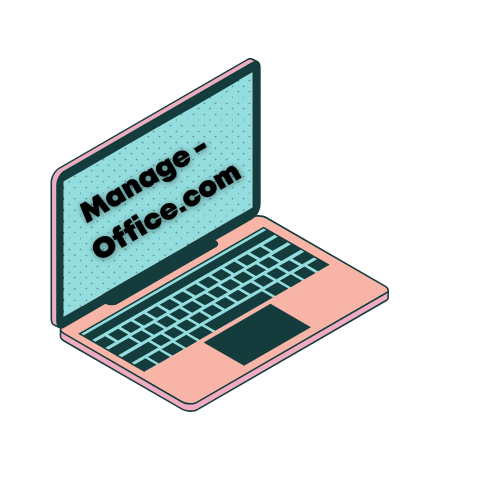Over the years, I’ve learned that writing professional emails is an essential skill in any office setting. Whether you’re communicating with colleagues, clients, or managers, the way you compose your emails can impact how you’re perceived and how effectively your message is received.
At first, I used to overthink every email, unsure if my tone was right or if I was being too formal or too casual. But after practicing and refining my approach, I realized that professional email writing is an art—one that balances clarity, professionalism, and tone.
If you want to write emails that are clear, polished, and effective, here’s what you need to know.
1. Start with a Clear Subject Line
The subject line is the first thing the recipient sees, so it should summarize the purpose of your email in a few words. A vague or overly complicated subject can lead to confusion, or worse, an unread email.
✅ Good Subject Lines:
- “Meeting Request: Project Update – March 15”
- “Follow-Up on Budget Proposal”
- “Action Required: Client Presentation Approval”
❌ Weak Subject Lines:
- “Hey”
- “Important!!!”
- “Quick Question” (without context)
A strong subject line ensures that your email gets opened and understood quickly.
2. Use a Professional and Friendly Greeting
Your greeting sets the tone for your email. The key is to be polite and professional, but also match the level of formality depending on the recipient.
✅ Formal Greetings (for clients, senior executives):
- “Dear [Name],”
- “Hello [Name],”
✅ Casual but Professional Greetings (for colleagues, teammates):
- “Hi [Name],”
- “Good morning/afternoon [Name],”
Avoid overly casual greetings like “Hey” or “Yo” in professional emails unless you have an informal relationship with the recipient.
3. Get to the Point Quickly
No one likes long-winded emails that take forever to get to the point. Keep your message clear, concise, and structured.
✅ Best Practice:
- Start with a brief introduction (if necessary).
- Clearly state the purpose of the email.
- Use bullet points or short paragraphs for readability.
❌ Avoid:
- Unnecessary details that dilute the message.
- Long paragraphs that make reading difficult.
Example:
Subject: Meeting Request: Project Update – March 15
Hi [Recipient’s Name],
I hope you’re doing well. I’d like to schedule a meeting to discuss the latest updates on [Project Name]. Would you be available on March 15 at 2 PM? Let me know if that works for you.
Looking forward to your response.
Best,
[Your Name]
This email is direct, polite, and professional—without unnecessary fluff.
4. Maintain a Professional Tone
Your tone should always be respectful and professional, but it can be adjusted based on the recipient.
Things to Avoid in Professional Emails:
❌ ALL CAPS (it feels like yelling).
❌ Too many exclamation marks (!!!).
❌ Unclear or sarcastic language that could be misinterpreted.
Even if you’re addressing an issue or requesting something, always maintain professionalism:
🔹 Instead of “Why haven’t you responded yet?”, say:
“I wanted to follow up on my previous email regarding [Topic]. Please let me know if you need any further information.”
A respectful tone helps build stronger workplace relationships.
5. End with a Clear Call to Action & Polite Closing
A strong closing ensures that your recipient knows what to do next.
✅ Call to Action Examples:
- “Please confirm if this time works for you.”
- “Let me know your thoughts by Friday.”
- “I appreciate your feedback on this by end of day.”
✅ Professional Closings:
- “Best regards,”
- “Sincerely,”
- “Thanks in advance,”
❌ Avoid overly casual closings like:
- “Later!”
- “Thx”
- “Bye”
Example:
Looking forward to your response.
Best regards,
[Your Name]
This makes it clear and professional, leaving no room for misinterpretation.
6. Always Proofread Before Sending
I can’t tell you how many times I’ve caught typos and mistakes right before hitting “Send”. Always take a few seconds to:
✔ Check for typos and grammar errors.
✔ Ensure names and details are correct.
✔ Read the email out loud to check for awkward phrasing.
A polished email reflects professionalism and attention to detail.
Final Thoughts
Writing a great professional email is all about clarity, professionalism, and respect for the recipient’s time. Whether you’re requesting information, setting up a meeting, or responding to a colleague, keeping your emails concise, structured, and professional will help you communicate effectively.
Mastering the art of professional email writing has made my work life so much easier, and I know it can do the same for you. Start practicing these tips today, and you’ll notice a huge difference in how your emails are received! 🚀📧




